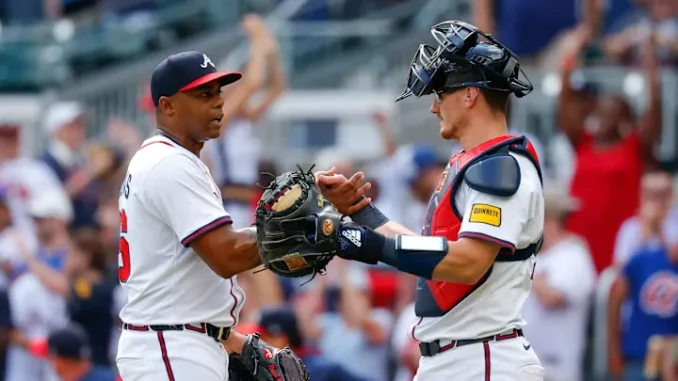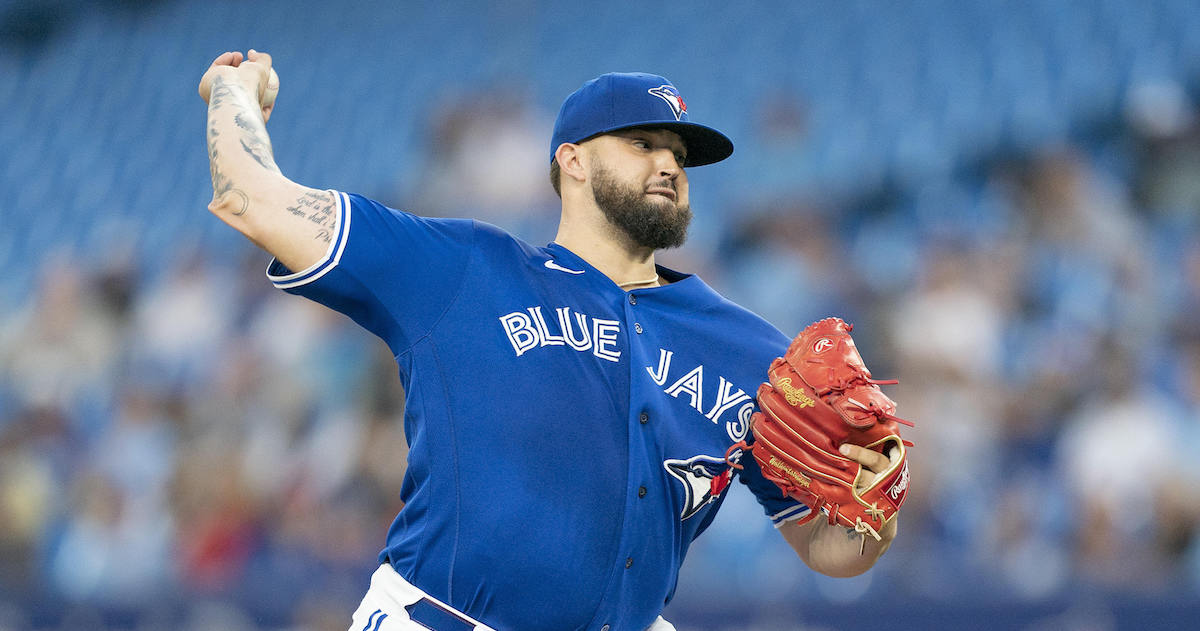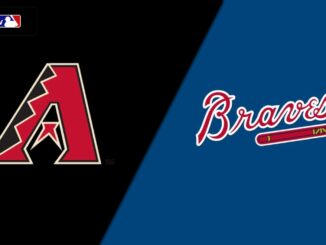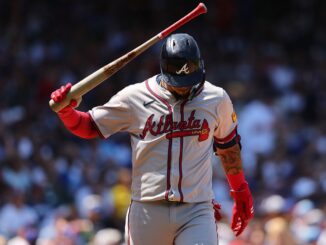
The Atlanta Braves did not face any major, headline-grabbing arbitration decisions heading into the non-tender deadline, but they still had several role players on the roster whose futures needed to be clarified. These weren’t superstar-level decisions, but they were important for the depth and structure of the team. Rather than letting the matter linger, the Braves acted quickly and efficiently to lock in several of those players.
They first offered Vidal Brujan a split contract, providing themselves with some flexibility depending on whether he spent time in the majors or minors. Soon after, the club reached agreements with Eli White, Joey Wentz, and Mauricio Dubón for the 2026 season, securing some stability among their supporting cast.
Once those deals were finalized, the list of remaining arbitration-eligible or contract-eligible players shrank considerably. With only a few hours left before the non-tender deadline, Atlanta was left evaluating four players: José Suarez, Alek Manoah, Carson Ragsdale, and Dylan Lee. Each of them represented a different level of risk, value, and uncertainty, making the remaining decisions far less predictable.

The Braves moved quickly to settle things with Suarez, signing the left-hander to a one-year deal and avoiding the arbitration process altogether. While this decision was somewhat unexpected — as Suarez had seemed like a potential non-tender candidate — it made sense when considering the team’s need for bullpen depth. Suarez, after all, wasn’t expected to command a large salary, and with Atlanta always in need of reliable arms in the relief corps, bringing him back on an affordable deal was a logical, low-risk move.
Alek Manoah’s situation was far more complicated. The Braves had only recently claimed the former All-Star off waivers at the end of September, and he had not yet thrown a single pitch in an Atlanta uniform. Once considered one of the brightest young pitchers in the game, Manoah has struggled in recent seasons after a very promising start to his career.
His performance had declined sharply, and questions remained about both his mechanics and his confidence. Although there was some potential upside if he could rediscover his old form, the uncertainty surrounding his future made him a difficult investment, even at a modest cost.
Dylan Lee’s case raised a few eyebrows as well. Lee has been a consistent presence in the Braves’ bullpen and, in many ways, seemed like a player who would have been secured much earlier in the process. The delay likely stemmed from negotiations over his true value — with the team and player possibly not seeing eye-to-eye on what his contributions were worth. Still, given his track record and reliability, there was a strong expectation that the Braves would find a way to keep him in the organization.

In the final moments before the non-tender deadline, Atlanta made its definitive choices. Both Manoah and Ragsdale were non-tendered, effectively cutting ties with the two pitchers. For Manoah, that closed the door on what had been a brief and uncertain chapter in the Braves’ organization. Ragsdale’s departure, while less high-profile, was part of the same process of trimming the roster and reallocating resources to areas of greater certainty or need.
Dylan Lee, meanwhile, ultimately remained with the team, suggesting that the two sides were able to either come to terms or reach a compromise that satisfied both parties. As things stand, he appears set to continue his role in the Atlanta bullpen heading into 2026.
Overall, the Braves used the non-tender deadline to clear some uncertainty, retain valuable depth pieces, and move on from players whose future outlook did not justify a continued investment. While none of the decisions were franchise-altering, they were important in shaping the roster’s foundation moving forward.

Braves ultimately decide to let Alek Manoah and Carson Ragsdale go at non-tender deadline
When Atlanta claimed Alek Manoah, the organization was hopeful that he might become an inexpensive source of starting pitching depth for the 2026 season and possibly beyond. The move was viewed as a low-cost gamble with potential upside, especially for a team that is always searching for arms it can develop or revive. However, that gamble came with considerable uncertainty.

Manoah is still working his way back from Tommy John surgery, a procedure that can derail even the most promising careers. Toronto ultimately decided he was far enough from returning to form that he was no longer worth reserving a spot for on the roster, making the technically difficult choice to designate him for assignment.
Atlanta, in taking him on, was essentially betting on the possibility that he could rediscover some of the form that once made him an All-Star caliber pitcher. But after further evaluation, the Braves came to the same conclusion as the Blue Jays.
Given his long recovery timeline, inconsistent recent performance, and the unpredictability that often follows major elbow surgery, the team determined that the risk outweighed the potential reward. Rather than holding a roster spot for an uncertain future return, Atlanta decided it was best to move on and free up space for more reliable or immediately useful options.
The situation with Lee was considerably more complicated and emotional from a baseball perspective. His inconsistency over the past few seasons made Atlanta’s decision much harder than it needed to be. When Lee was at his best — particularly in the 2022 and 2024 seasons — he proved to be one of the most dependable and valuable relievers in the bullpen.
His ability to deliver critical outs from the left side made him an important weapon, especially in tight, high-pressure situations. During those strong seasons, he often stepped up when Atlanta desperately needed stability in the late innings.
Unfortunately, Lee’s performance was far less impressive in 2023 and again in 2025. In those years, his command wavered, his effectiveness dropped, and his overall contributions became more unpredictable. As a result, the Braves appeared increasingly hesitant to use him in high-leverage scenarios.

Toward the end of last season, it seemed as if his role had quietly diminished, suggesting that the coaching staff may have lost some confidence in his ability to consistently deliver when the stakes were highest. That combination of elite stretches mixed with prolonged inconsistency ultimately complicated the decision on whether or not to retain him.
Now that the non-tender deadline has passed, all of the major administrative roster decisions for the offseason have been finalized. This marks the last significant checkpoint when it comes to contractual obligations and paperwork. With that stage now complete, the Braves — like many other teams — have a much clearer picture of what their core roster will look like entering the next phase of the offseason.
At the same time, it is evident that Atlanta still has plenty of work ahead. While the non-tender process helped trim the edges and clarify the depth chart, it did not solve every problem. The front office now turns its attention to potential trades, free-agent signings, and strategic additions that could strengthen weak areas of the roster. Whether they pursue more pitching, bullpen help, or depth at key positions, the groundwork has now been laid for the next series of moves.
In short, the Braves have taken the first step in shaping their 2026 outlook, but several important decisions and acquisitions remain ahead before the team can fully define its direction for the future.



Be the first to comment